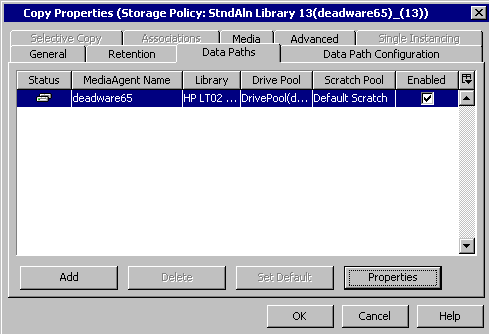To configure multiple stand-alone drives into a drive pool
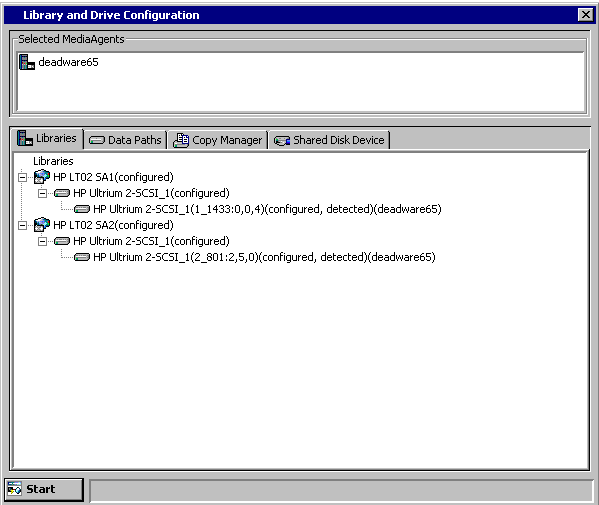
NOTES
- Click Yes in the Confirm Deconfigure prompt which appears when you deconfigure the library.
- If necessary, repeat this step to deconfigure all the libraries that will be used to create the drive pool - except one stand-alone library, as mentioned above.
- The deconfigured library will be displayed with the not configured status.
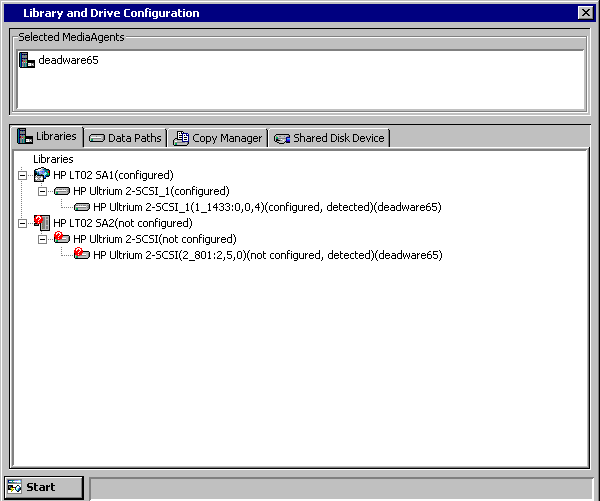
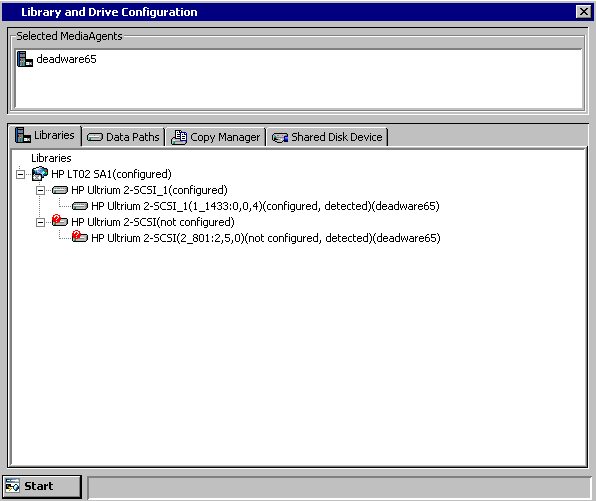
NOTES
- Click Yes in the Confirm Configure prompt which appears when you configure the drive.
- If necessary, repeat this step to configure all the drives that were detected.
- The drives are configured and displayed with the configured status.
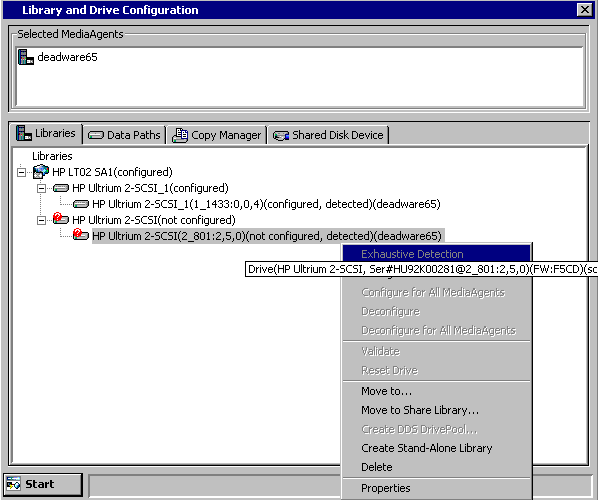
Post Configuration Considerations

NOTES
-
If necessary, repeat this step to add the data path in all the storage policies associated with the drives that were deconfigured.
